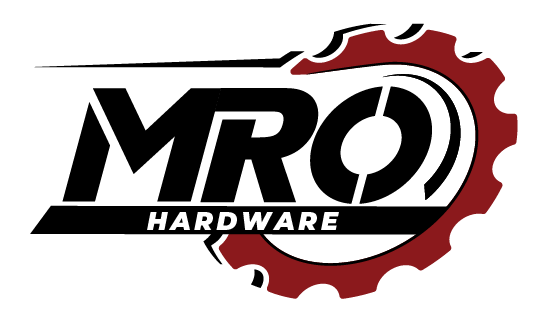When working with metal, wood, or plastic, choosing the right screw is essential for ensuring a secure and efficient fastening solution. Self-drilling screws and thread-cutting screws are two commonly used fasteners, but they serve different purposes and are designed for different materials and applications. Understanding their differences and similarities helps in selecting the best option for your project.
What Are Self-Drilling Screws?
Self-drilling screws are designed with a built-in drill point, eliminating the need for pre-drilling. These screws create their own hole while fastening, making them ideal for metal and other hard materials.
Key Features of Self-Drilling Screws:
- Built-in Drill Tip: The tip resembles a drill bit, allowing the screw to penetrate metal or other materials without pre-drilling.
- Time-Saving: Since they combine drilling and fastening into one step, they reduce labor time.
- Best for Metal Applications: Often used in sheet metal, aluminum, and steel fabrication.
- Common Uses: Roofing, HVAC, automotive, and construction applications.
Example Use:
A self-drilling screw is ideal for attaching metal siding to a steel frame, as it drills its own hole while fastening securely.
What Are Thread-Cutting Screws?
Thread-cutting screws are designed to cut their own threads into pre-drilled holes. Unlike self-drilling screws, they require a hole to be made first before they can be inserted.
Key Features of Thread-Cutting Screws:
- Requires a Pre-Drilled Hole: These screws do not have a drill tip, so a pilot hole is necessary.
- Creates Internal Threads: The screw cuts and forms its own mating threads inside the hole.
- Best for Plastic, Soft Metals, and Wood: Ideal for applications where strong, reusable threads are needed.
- Common Uses: Electrical boxes, plastic enclosures, and machinery assembly.
Example Use:
A thread-cutting screw is used to attach a plastic electrical housing to a metal frame, where the threads must be precisely cut to hold securely.
| Feature | Self-Drilling Screws | Thread-Cutting Screws |
|---|---|---|
| Pre-Drilling Needed? | No | Yes |
| Tip Type | Drill bit-style tip | Blunt or tapered end |
| Best for | Metal, steel, aluminum | Soft metals, plastic, wood |
| Functionality | Drills and fastens in one step | Cuts internal threads after pre-drilling |
| Common Use Cases | Construction, roofing, HVAC | Electrical, plastic, machinery |
Similarities Between Self-Drilling and Thread-Cutting Screws
- Both Are Self-Tapping: Both screws create their own threads when installed.
- Strong Holding Power: Both provide a secure fit when used in the correct material.
- Available in Various Sizes and Materials: They can be made from stainless steel, carbon steel, or coated metals for corrosion resistance.
Conclusion
While both self-drilling screws and thread-cutting screws serve the purpose of fastening materials, their differences make them suited for distinct applications. Self-drilling screws are best for metal applications where speed and efficiency are priorities, while thread-cutting screws work well in materials like plastic, soft metals, and wood where precise threading is required. Selecting the right screw type ensures a secure, durable connection and improves overall project efficiency. Whether you’re working in construction, manufacturing, or assembly, understanding these screw types will help you achieve optimal results.

